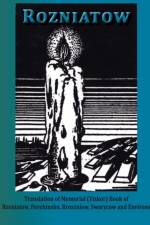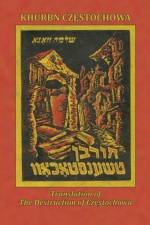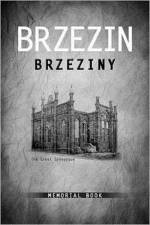av E Talmi
799
There once was a Jewish community in the ancient Polish town of Sierpc. As hundreds of other Jewish communities in Poland, Jewish Sierpc is no more. On the eighth day of the Second World War, September 8, 1939, the Germans occupied Sierpc, burnt the synagogue, and remained until they were expelled by the Red Army in January, 1945.Before the start of the Second World War and the Holocaust, Sierpc had a population of 10,051, more than 30% of which was Jewish. Sierpc was nestled in the valley and surrounded by mountains. Three rivers flowed within the boundaries of Sierpc; the river that was the namesake of the district, the Sierpianitza River, bisected the two parts of the town. The town was linked by four bridges; the bridge with the greatest traffic was on the Jewish Street. The surrounding countryside was known for its fertile fields and many orchards, as well as for its weaver establishments, breweries, tanneries, and vinegar factories.In this Sierpc Memorial Book, the Jewish community is vividly brought to life by the first-hand social, historical and political accounts by its former residents and by the numerous photographs. The exemplary writing makes this book unique and a must for all descendants of its residents and researchers of the history of the Sierpc Jewish Community.Alternate names for the town are: Sierpc [Polish], Sheps [Yiddish], Sherpts [Yiddish], Serptz [Russian], Scherps, Serepets, Serpec, Shepsk, SherptzNearby Jewish Communities: Bieżuń 12 miles ENESkępe 13 miles WRypin 16 miles NWBielsk 16 miles SSEDrobin 16 miles SEŻuromin 16 miles NE Radzanów 18 miles ELipno 20 miles WRaciąż 20 miles ESESzreńsk 21 miles ENEZieluń 21 miles NNEKuczbork 21 miles NEDobrzyń and Wisłą 21 miles SW Kikół 23 miles WPłock 23 miles S Strzegowo 26 miles E Glinojeck 27 miles E Lidzbark 27 miles NNE Brodnica 28 miles NNW


























